- Insufficient Watering
- Overwatering
- Lack of Proper Nutrition
- Common nutrient deficiencies
- Fixing nutrient deficiencies
- Exposure to Extreme Temperatures
- Common Pests and Diseases
- Pests:
- Diseases:
- Soil Quality Issues
- Improper Light Exposure
- Insufficient Light
- Direct Sunlight
- Inconsistent Light
- Incorrect Light Spectrum
- Transplant Shock
- Questions and Answers:
- Why do leaves dry on seedlings?
- How can I fix leaves drying on seedlings due to inadequate watering?
- What should I do if excessive sunlight is causing leaves to dry on seedlings?
- How do nutrient deficiencies contribute to leaves drying on seedlings?
- What can I do to prevent pests and diseases from drying out leaves on seedlings?
- Can over-fertilization cause leaves to dry on seedlings?
- What are some signs that indicate leaves on seedlings are drying due to pests or diseases?
- Videos: THIS WILL FIX ALL YOUR SEEDLING PROBLEMS!
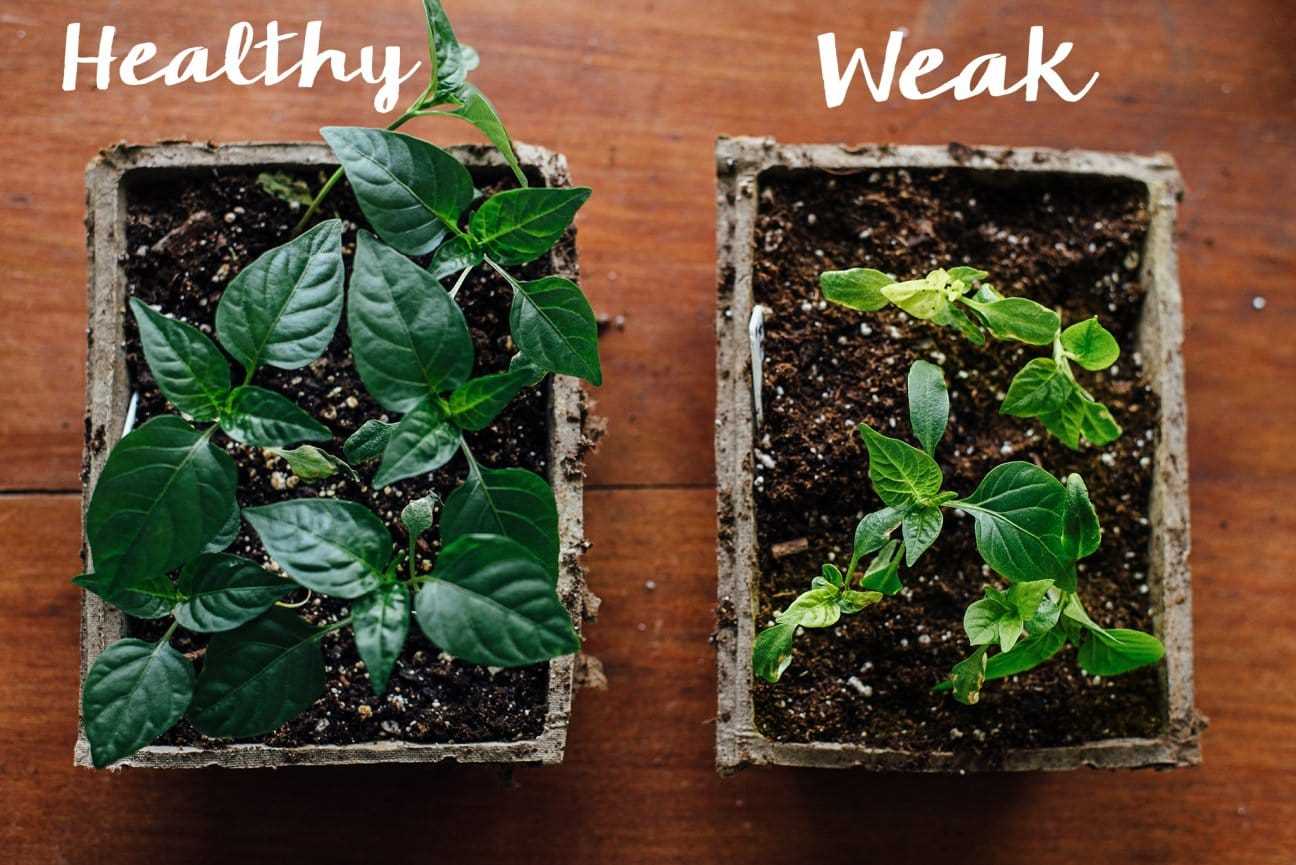
Growing seedlings is an exciting and rewarding experience, but it can also be frustrating when you see your precious plants struggling and their leaves drying out. Leaves are vital for a plant’s health, as they are responsible for photosynthesis and help with transpiration. When leaves dry on seedlings, it can be a sign of underlying issues that need to be addressed. In this article, we will explore the four main reasons why leaves dry on seedlings and provide tips on how to fix them.
1. Lack of moisture is one of the primary reasons why leaves dry on seedlings. Seedlings have delicate root systems that are not yet fully developed, making them more vulnerable to drying out. If the soil is not moist enough, the roots cannot absorb an adequate amount of water, leading to dehydration and drying of the leaves. To fix this issue, make sure to water your seedlings regularly, keeping the soil consistently moist but not waterlogged. You can use a spray bottle or a small watering can with a fine nozzle to avoid overwatering or damaging the seedlings.
2. Overwatering is another common reason for leaves drying on seedlings. While it is important to keep the soil moist, overwatering can lead to waterlogged roots and hinder the plant’s ability to absorb oxygen. This can result in root rot and eventually cause the leaves to dry out. To prevent overwatering, make sure the soil has good drainage and allow it to dry slightly between watering sessions. Be mindful of the watering needs of different plant species and adjust accordingly.
3. Nutrient deficiencies can also cause leaves to dry on seedlings. When seedlings lack essential nutrients like nitrogen, potassium, or magnesium, their leaves may start to yellow and eventually dry out. To address nutrient deficiencies, use a balanced fertilizer specifically formulated for seedlings. Follow the instructions on the package to avoid overfertilizing, as this can also harm the plants. Additionally, consider adding organic matter, such as compost, to provide a steady supply of nutrients to the seedlings.
4. Environmental factors, such as temperature and humidity, can greatly impact the health of seedlings. Extreme heat or cold can stress the plants and lead to leaf drying. Similarly, low humidity levels can cause moisture to evaporate faster from the leaves, resulting in drying. To create a favorable environment for your seedlings, maintain a consistent temperature and humidity level. Using a humidifier or placing a tray filled with water near the seedlings can help increase humidity. Providing some shade or using a fan to improve air circulation can also prevent extreme temperature fluctuations.
In conclusion, several factors can contribute to leaves drying on seedlings. By addressing these issues promptly and providing the necessary care, you can ensure the health and vitality of your seedlings. Remember to monitor the moisture levels, avoid overwatering, address nutrient deficiencies, and maintain a suitable environment for your seedlings. With proper care, your seedlings will thrive and develop into strong, healthy plants.
Insufficient Watering
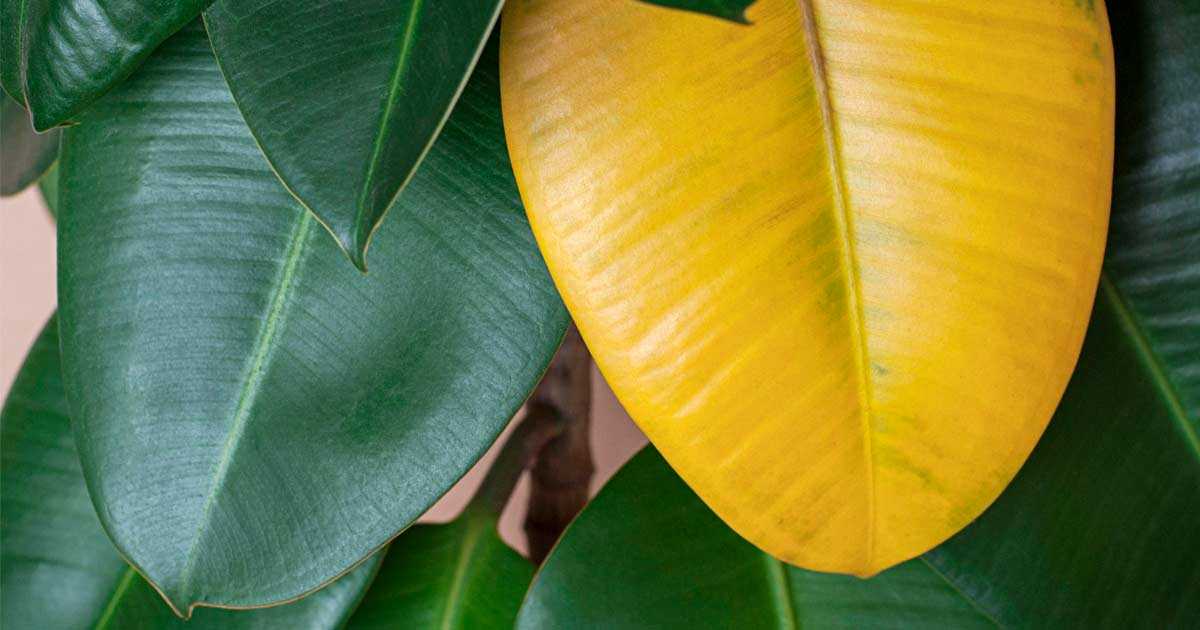

One of the main reasons why leaves on seedlings dry is insufficient watering. When seedlings do not receive enough water, their leaves cannot retain moisture, which leads to wilting and drying.
To ensure that your seedlings receive adequate water, follow these tips:
- Check the soil moisture regularly by inserting your finger into the soil. If the top inch feels dry, it’s time to water.
- Water seedlings deeply, allowing the water to penetrate the root zone. Avoid shallow watering, as it only moistens the surface of the soil.
- Ensure proper drainage by using well-draining soil and containers with drainage holes. Excess water should be able to escape to prevent waterlogging.
- Water seedlings in the morning to allow excess moisture on leaves to evaporate throughout the day. This also helps prevent the onset of fungal diseases.
- Use the right amount of water. Avoid overwatering, as it can lead to root rot, while underwatering can result in nutrient deficiencies and stunted growth.
By properly watering your seedlings, you can help prevent leaves from drying and ensure their overall health and vitality.
Overwatering
Overwatering is a common cause of dry leaves on seedlings. When seedlings receive too much water, their roots become waterlogged and are unable to absorb oxygen. This leads to root rot and prevents the plant from taking up essential nutrients. As a result, the leaves may appear dry, wilted, and may eventually turn yellow or brown.
To fix overwatering, it is important to allow the soil to dry out between waterings. Check the moisture level of the soil by inserting your finger about an inch deep. If it feels moist, wait until it becomes slightly dry before watering again. Additionally, ensure that the plant is placed in a well-draining pot or container. This will prevent water from accumulating at the bottom and causing root rot.
Furthermore, make sure not to water the plant too frequently. Different plants have different water requirements, so it is essential to understand the needs of the specific seedling you are growing. Avoid watering on a fixed schedule and instead water when the plant actually needs it.
Finally, consider adjusting the amount of water you provide. Instead of watering heavily, provide a moderate amount of water that allows the soil to become slightly moist but not saturated. This will help prevent overwatering and keep your seedlings healthy.
Lack of Proper Nutrition
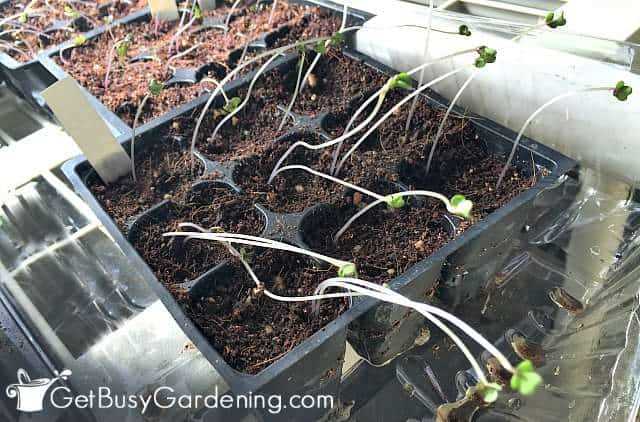

One of the main reasons why leaves dry on seedlings is a lack of proper nutrition. Seedlings require a balanced diet of essential nutrients to grow and thrive. When they don’t receive these nutrients in adequate amounts, their leaves can become dry and show signs of nutrient deficiency.
Common nutrient deficiencies
- Nitrogen: Nitrogen is a crucial nutrient for leaf development. A lack of nitrogen can result in pale and yellow leaves, reduced growth, and overall poor plant health.
- Phosphorus: Phosphorus is responsible for energy transfer within the plant and is essential for root development. A phosphorus deficiency can cause stunted growth, weak stems, and dark green leaves.
- Potassium: Potassium is critical for water regulation, photosynthesis, and overall plant vigor. A potassium deficiency can lead to weak and yellowing leaves, reduced fruit production, and increased susceptibility to diseases.
- Calcium: Calcium is necessary for cell wall development and overall plant structure. A calcium deficiency can result in stunted growth, leaf curling, and blossom end rot in fruits.
Fixing nutrient deficiencies
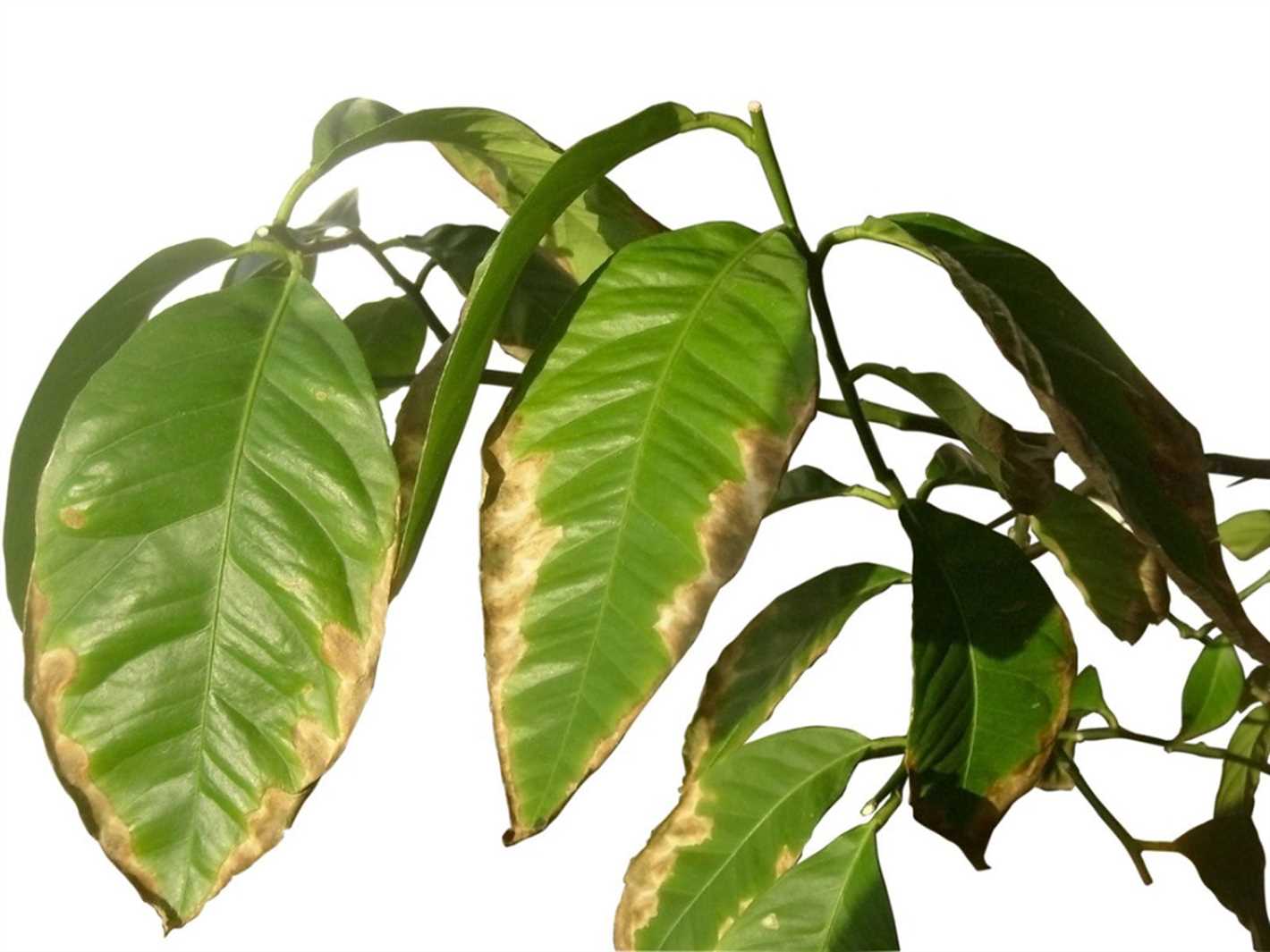

If you suspect a nutrient deficiency is causing the leaves to dry on your seedlings, there are several ways to address the issue:
- Soil testing: Conduct a soil test to determine the nutrient levels and pH of your soil. This will help you identify any deficiencies and adjust the fertilizer accordingly.
- Fertilization: Use a balanced fertilizer that contains the necessary nutrients for seedling growth. Look for fertilizers with a ratio of nitrogen (N), phosphorus (P), and potassium (K) labeled as N-P-K. Apply the fertilizer according to the package instructions.
- Foliar feeding: If the nutrient deficiency is severe or immediate action is required, you can apply a foliar spray that contains the lacking nutrient. This will provide a quick boost of nutrition to the seedlings.
- Organic amendments: Incorporate organic matter such as compost or well-rotted manure into the soil to improve its nutrient content and overall fertility.
- Proper watering: Ensure that your seedlings are receiving adequate water, as water is necessary for nutrient uptake. However, avoid overwatering, as it can lead to root damage and nutrient leaching.
By addressing the lack of proper nutrition, you can help prevent leaves from drying on your seedlings and promote healthy growth.
Exposure to Extreme Temperatures
One of the main reasons why leaves dry on seedlings is exposure to extreme temperatures. Seedlings are delicate and sensitive to temperature changes, especially in their early stages of growth.
Extreme heat or cold can cause stress to the seedlings, leading to leaf dryness and even death. In hot weather, the excessive heat can cause the leaves to lose moisture through evaporation. On the other hand, cold temperatures can restrict the movement of water and nutrients within the plant, resulting in dehydration.
To prevent leaf drying due to extreme temperatures, it is important to provide appropriate conditions for the seedlings. Here are some tips:
- Provide shade: If the weather is extremely hot, move the seedlings to a shaded area to protect them from the direct sun. This can help reduce the heat stress and minimize moisture loss.
- Use mulch: Applying a layer of mulch around the seedlings can help regulate soil temperature and retain moisture. Mulch acts as insulation, preventing extreme temperature fluctuations that can harm the seedlings.
- Protect from frost: In case of cold weather, protect the seedlings from frost by covering them with a frost cloth or bringing them indoors. This will help maintain a stable and warmer temperature around the plants.
- Monitor temperatures: Keep an eye on the weather forecast and be prepared to take necessary actions to protect the seedlings from extreme temperatures. Use thermometers or temperature sensors to monitor the temperature in the growing area.
By taking these measures, you can help your seedlings thrive and prevent leaf drying caused by exposure to extreme temperatures.
Common Pests and Diseases
Seedlings are often vulnerable to various pests and diseases that can cause leaves to dry up. It is important to identify and address these issues promptly to ensure the health and vitality of your seedlings. Here are some common pests and diseases that can cause leaves to dry on seedlings:
Pests:
- Aphids: These small insects feed on the sap of seedlings, causing leaves to wilt and dry up. Look out for clusters of tiny, soft-bodied bugs on the undersides of leaves.
- Spider Mites: These tiny pests can be difficult to detect, but they leave fine webbing on the affected plants. Spider mites suck the juices from the leaves, causing them to turn yellow and dry out.
- Whiteflies: These small, flying insects also feed on plant sap. They leave a sticky residue on the leaves, causing them to turn yellow and eventually dry up.
- Snails and Slugs: These mollusks feed on the tender leaves of seedlings, leaving large ragged holes that can cause the leaves to dry up and die.
Diseases:
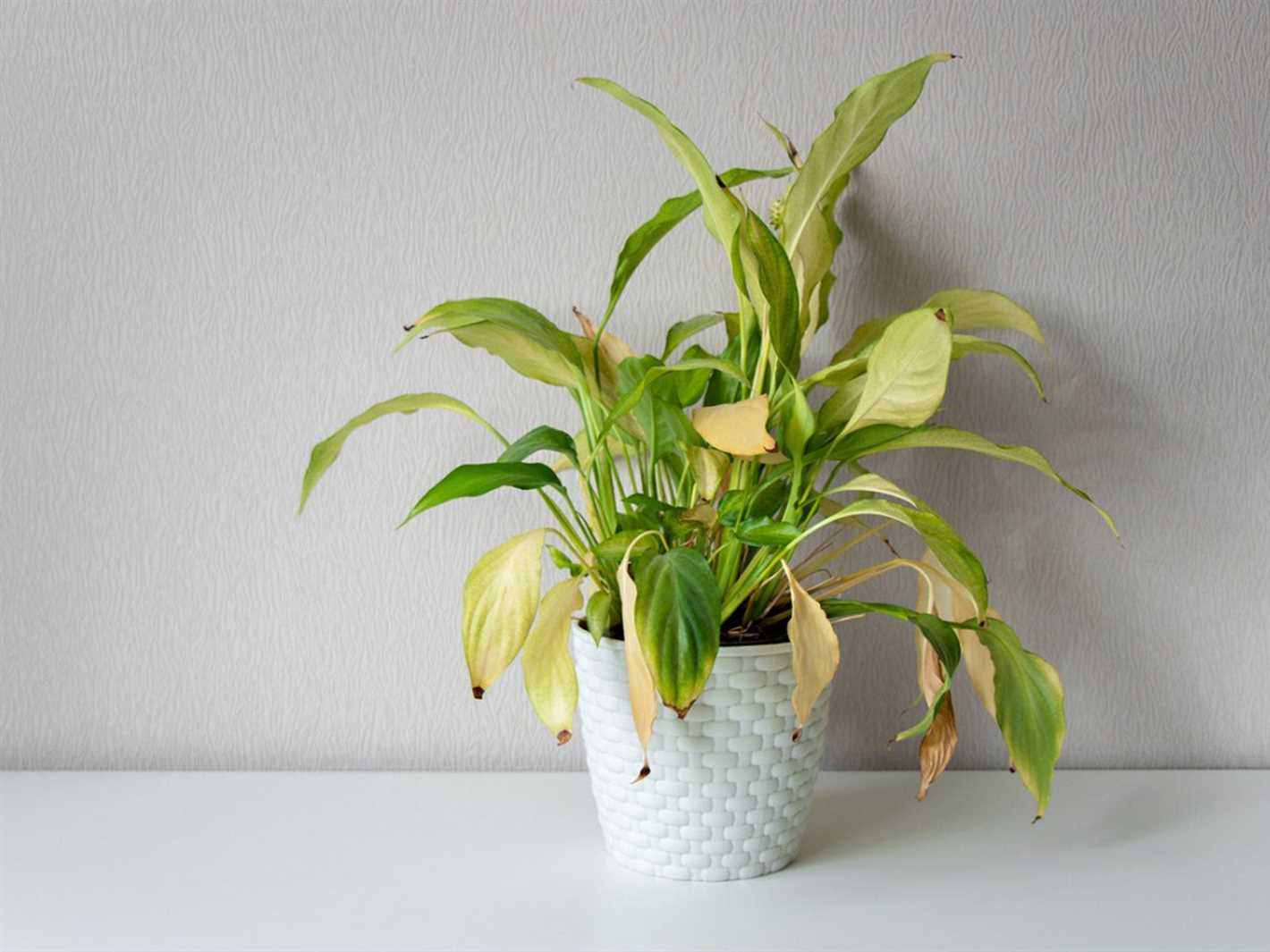

- Fungal Diseases: Diseases such as damping-off and powdery mildew can cause leaves to dry up on seedlings. Damping-off is characterized by the seedling’s stem becoming thin and watery, ultimately resulting in the death of the plant. Powdery mildew appears as a white, powdery coating on the leaves, which can lead to the drying and wilting of the affected foliage.
- Bacterial Infections: Bacterial infections can cause browning and drying of seedling leaves. Common bacterial diseases include bacterial leaf spot and bacterial wilt.
- Viral Infections: Viruses can cause various symptoms in seedlings, including leaf curling, yellowing, and drying. Viral diseases are often spread by infected insects or through contaminated gardening tools.
If you notice any signs of pests or diseases on your seedlings, it is important to take immediate action to prevent further damage. Here are some measures you can take to combat common pests and diseases:
- Remove affected plants: If a seedling is severely affected, it is best to remove it from the rest of the healthy plants to prevent the spread of pests or diseases.
- Natural pest control: Encourage natural predators of pests, such as ladybugs and lacewings, to help control populations naturally. You can also use organic insecticides or insecticidal soaps to combat pests.
- Proper sanitation: Clean tools and gardening equipment properly to prevent the spread of diseases. Remove and dispose of any infected plant debris to limit the chances of reinfection.
- Proper watering: Avoid overwatering as it can create favorable conditions for diseases to thrive. Water seedlings at the base and avoid wetting the foliage.
- Good air circulation: Provide adequate air circulation around your seedlings by spacing them appropriately and avoiding overcrowding. This can help prevent the development of fungal diseases.
By being proactive and attentive to the health of your seedlings, you can minimize the risk of pests and diseases causing leaves to dry up. Regular monitoring and proper care will help ensure the successful growth of your seedlings.
Soil Quality Issues
- Improper pH Levels: The pH level of the soil can greatly affect the growth and health of seedlings. If the soil pH is too high or too low, it can hinder the absorption of essential nutrients, leading to leaf dryness. Testing the pH level of the soil and making the necessary adjustments can help improve leaf health.
- Poor Drainage: Seedlings need well-draining soil to thrive. If the soil retains too much water, it can lead to root rot and hinder nutrient uptake. Poor drainage can cause waterlogged conditions, which may result in leaf drying. Ensuring proper drainage by amending the soil with organic matter or using raised beds can help prevent this issue.
- Nutrient Deficiencies: Inadequate nutrient supply in the soil can result in leaf dryness. Specific nutrients like nitrogen, phosphorus, and potassium are essential for healthy leaf development. Conducting a soil test can help identify any deficiencies and allow for targeted fertilization to improve the overall health of the seedlings.
- Compacted Soil: Compacted soil can restrict root growth and limit nutrient availability. This compactness can cause poor air circulation, leading to leaf dryness. Regularly loosening the soil and incorporating organic matter can help improve its structure and prevent compactness.
Addressing these soil quality issues can significantly enhance the growth and development of seedlings, promoting healthy and vibrant leaves.
Improper Light Exposure
One of the main reasons why leaves dry on seedlings is improper light exposure. Seedlings need the right amount and quality of light to thrive. Here are some common issues related to light exposure that can cause leaves to dry:
Insufficient Light
Seedlings need adequate light to carry out photosynthesis, which is the process of converting light energy into chemical energy to fuel growth. When seedlings do not receive enough light, their leaves may dry out as they are unable to produce enough energy for proper growth and development.
How to fix it: Place seedlings in a location where they can receive bright, indirect sunlight for at least 12-16 hours a day. If natural light is limited, you can use artificial grow lights to supplement the light requirements of your seedlings. Position the lights close to the seedlings, around 2-4 inches above them, to provide sufficient light intensity.
Direct Sunlight
Exposure to direct sunlight can be detrimental to seedlings, especially if they are not accustomed to intense sunlight. Direct sunlight can cause leaves to dry out, scorch, or even get sunburned.
How to fix it: If your seedlings are getting too much direct sunlight, move them to a location with filtered or indirect light. Alternatively, you can use shade cloth or sheer curtains to block a portion of the intense sunlight. Gradually expose seedlings to direct sunlight over a few days to help them acclimate to the light intensity.
Inconsistent Light
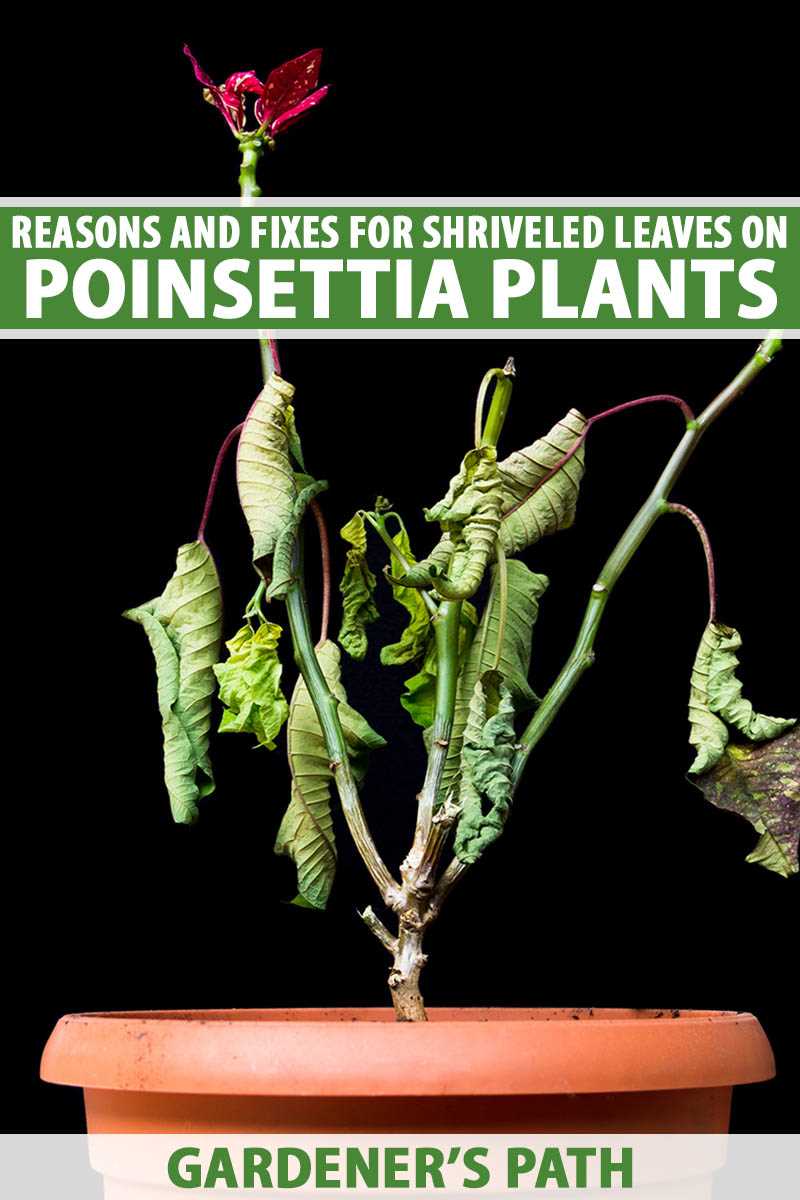

Fluctuations in light exposure can stress seedlings and lead to dryness of the leaves. Inconsistent light can occur when the light source is not stable or the duration of light exposure is irregular.
How to fix it: Use a timer to ensure that seedlings receive a consistent and regulated amount of light each day. Set the timer to provide 12-16 hours of light, depending on the specific light requirements of the seedlings. Additionally, make sure that the light source is stable and does not flicker or dim unexpectedly.
Incorrect Light Spectrum
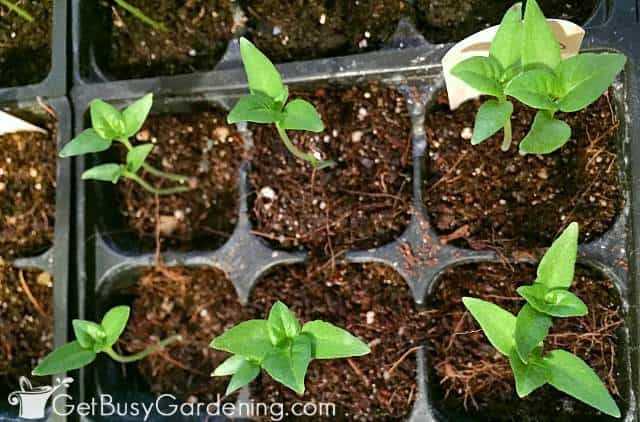

The spectrum of light is important for proper growth of seedlings. Different types of plants have different light spectrum requirements, and using the wrong spectrum can lead to leaf drying and other growth issues.
How to fix it: Choose lights with the appropriate spectrum for the type of seedlings you are growing. Most seedlings thrive under a full spectrum light that includes both warm and cool light. If you are using artificial lights, look for lights specifically designed for growing plants, such as fluorescent or LED grow lights.
By ensuring proper light exposure for your seedlings, you can prevent the drying of leaves and promote healthy growth. Adjust the light conditions according to the specific needs of your seedlings, and monitor their progress to make any necessary changes.
Transplant Shock
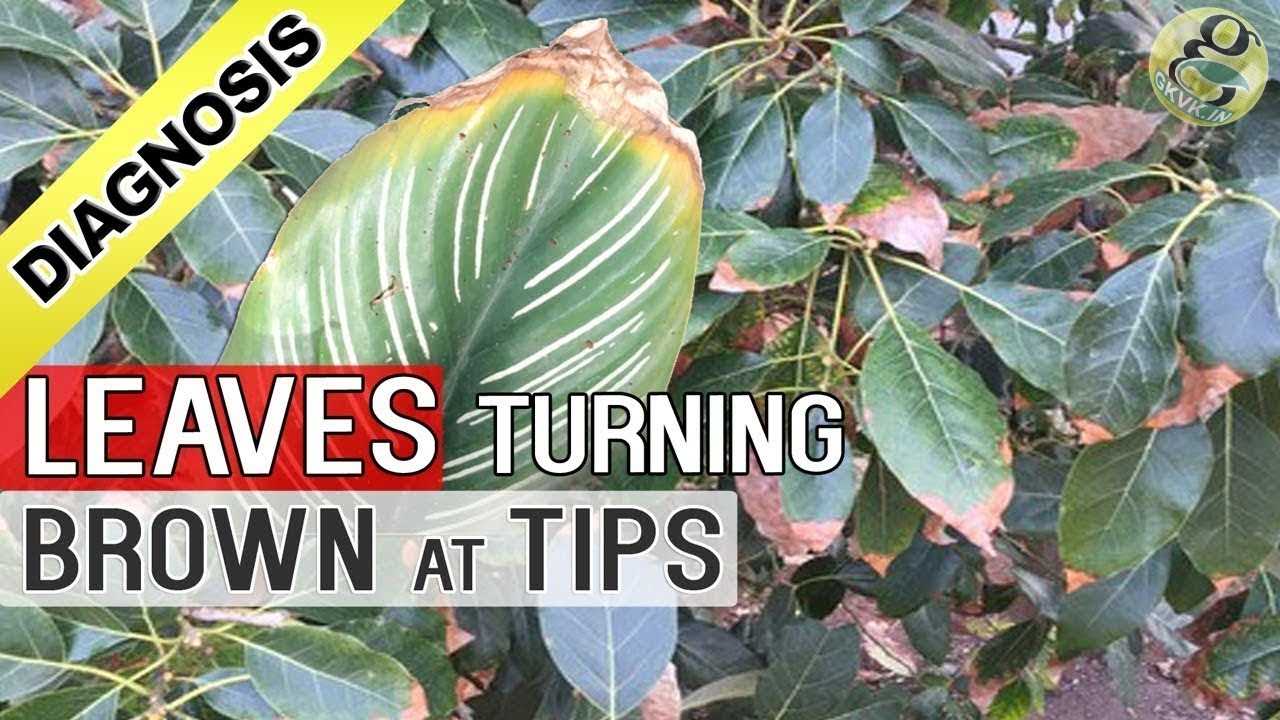

Transplant shock is a common reason why leaves might dry on seedlings. It occurs when the seedling is moved from one location to another, such as from a seed tray to a larger pot or from a pot to a garden bed.
During the transplanting process, the roots of the seedling may become damaged or disturbed, which can lead to water stress and cause the leaves to dry out. Additionally, the sudden change in environment, including temperature, humidity, and light levels, can also contribute to transplant shock.
To prevent transplant shock and ensure the health of your seedlings, follow these tips:
- Prepare the seedlings: Before transplanting, make sure your seedlings are well hydrated. Water them thoroughly a day or two before the transplant to ensure they have enough moisture.
- Choose the right timing: Transplant seedlings on a cloudy day or in the evening when the temperature is cooler. This allows the seedlings to adjust to their new environment without being stressed by intense sunlight and heat.
- Handle with care: Take care to minimize root damage during the transplanting process. Gently loosen the seedling from its container and hold it by the leaves or root ball, avoiding touching the stem.
- Prepare the new planting location: Dig a hole in the soil that is slightly larger than the root ball of the seedling. This will give the roots space to establish and grow.
- Water thoroughly after transplanting: After transplanting, water the seedling immediately to help settle the soil and provide moisture to the roots. Be sure to water deeply to reach the entire root system.
- Monitor and care for the seedlings: Keep a close eye on the transplanted seedlings and provide proper care, including regular watering, fertilizing, and protecting them from extreme weather conditions.
By following these tips, you can help prevent transplant shock and increase the chances of success when transplanting seedlings.
Questions and Answers:
Why do leaves dry on seedlings?
There are several reasons why leaves on seedlings can dry out. The most common reasons include inadequate watering, excessive sunlight, nutrient deficiencies, and pests or diseases.
How can I fix leaves drying on seedlings due to inadequate watering?
If the leaves are drying out because of inadequate watering, make sure to water the seedlings thoroughly but avoid overwatering. Check the soil moisture regularly and water when the top inch of soil feels dry. Ensure that the water reaches all parts of the root system.
What should I do if excessive sunlight is causing leaves to dry on seedlings?
If excessive sunlight is causing leaves to dry on seedlings, you can provide some shade by placing a shade cloth or using a translucent cover. Alternatively, you can move the seedlings to a location with partial shade or use a grow light to control the amount of light they receive.
How do nutrient deficiencies contribute to leaves drying on seedlings?
Nutrient deficiencies can cause leaves to dry on seedlings because the plants are not getting the necessary nutrients to maintain their health and growth. To fix this issue, you can use a balanced organic fertilizer or add specific nutrients that the seedlings are lacking, based on a soil test or visual symptoms.
What can I do to prevent pests and diseases from drying out leaves on seedlings?
To prevent pests and diseases from drying out leaves on seedlings, practice good sanitation by keeping the growing area clean and free from weeds, debris, and old plant material. Regularly inspect the seedlings for signs of pests or diseases, and treat them with organic pest control methods or appropriate fungicides if necessary.
Can over-fertilization cause leaves to dry on seedlings?
Yes, over-fertilization can cause leaves to dry on seedlings. Excessive nutrients can lead to root damage and inhibit water uptake, resulting in leaf drying. It is important to follow the recommended dosage of fertilizers and avoid excessive application.
What are some signs that indicate leaves on seedlings are drying due to pests or diseases?
Signs that indicate leaves on seedlings are drying due to pests or diseases include yellowing or browning of leaves, spots, holes, wilting, or the presence of insects or fungal growth. It is essential to identify the specific pest or disease and take appropriate measures to control and treat the issue.







